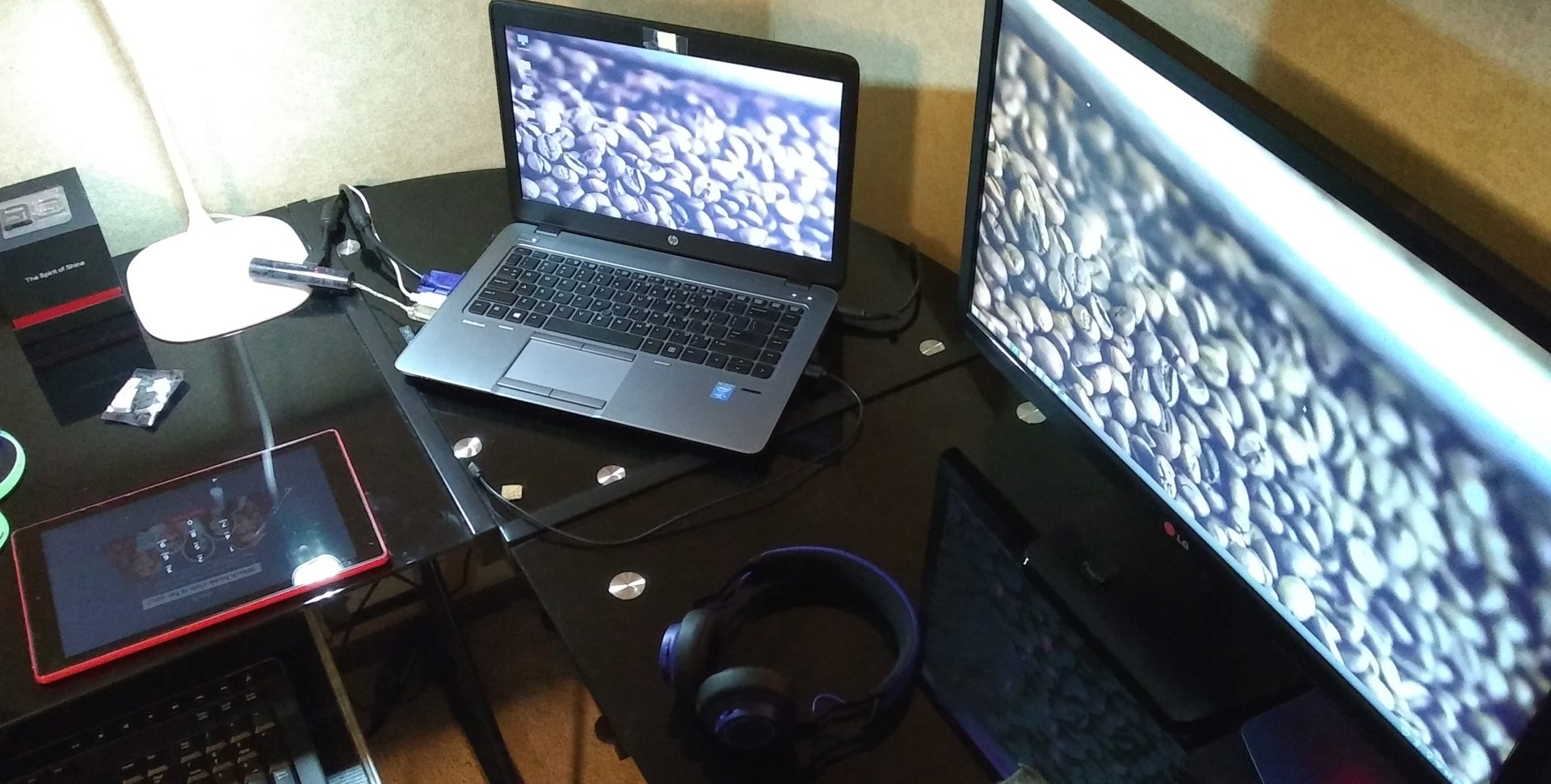

Setting up LMI involves just running an installer and signing into an online account to work with the computer. They also have a history of increasing prices without notifying the customer causing a lot of customers to discontinue their LMI subscription. As of January 2014, LMI no longer offers any free editions. It's very easy to setup for remote access. This was the preferred method of setting up remote access when it was free.

It's geared towards end-users and IT Pro's depending on the package you choose. LogMeIn provides remote access over the cloud. LogMeIn was founded in 2003 in Boston, Massachusetts. It should also be noted that enhanced features like Remote Web Access and RD Gateway are available which mimic the simplicity and ease of use that LogMeIn has in addition to great performance that RDP delivers.

That means you can have multiple monitors on a computer that only has a single monitor if your remote client has multiple monitors. It supports remote printing, sharing of drives, smart cards, clipboards, and even display scaling. RDP can access Windows on a lower level meaning it can detect and scale windows and text appropriately while other protocols are simply transmitting images of the screen. With respect to security, using a VPN or RD Gateway can greatly enhance it by providing enhanced authentication in addition to Remote Desktop's built-in encryption. RDP is also the fastest protocol delivering excellent performance even over dial up due to the way in which is engineered. However, once it is setup, it's very easy to use. This can be tricky for your average user. Setting up Remote Desktop typically involves opening a port in your firewall or using it in conjunction with some type of VPN software. Remote Desktop is included in all professional versions of Windows. Microsoft's Remote Desktop is a proprietary protocol which allows a user to take control of a remote computer over a network connection.


 0 kommentar(er)
0 kommentar(er)
